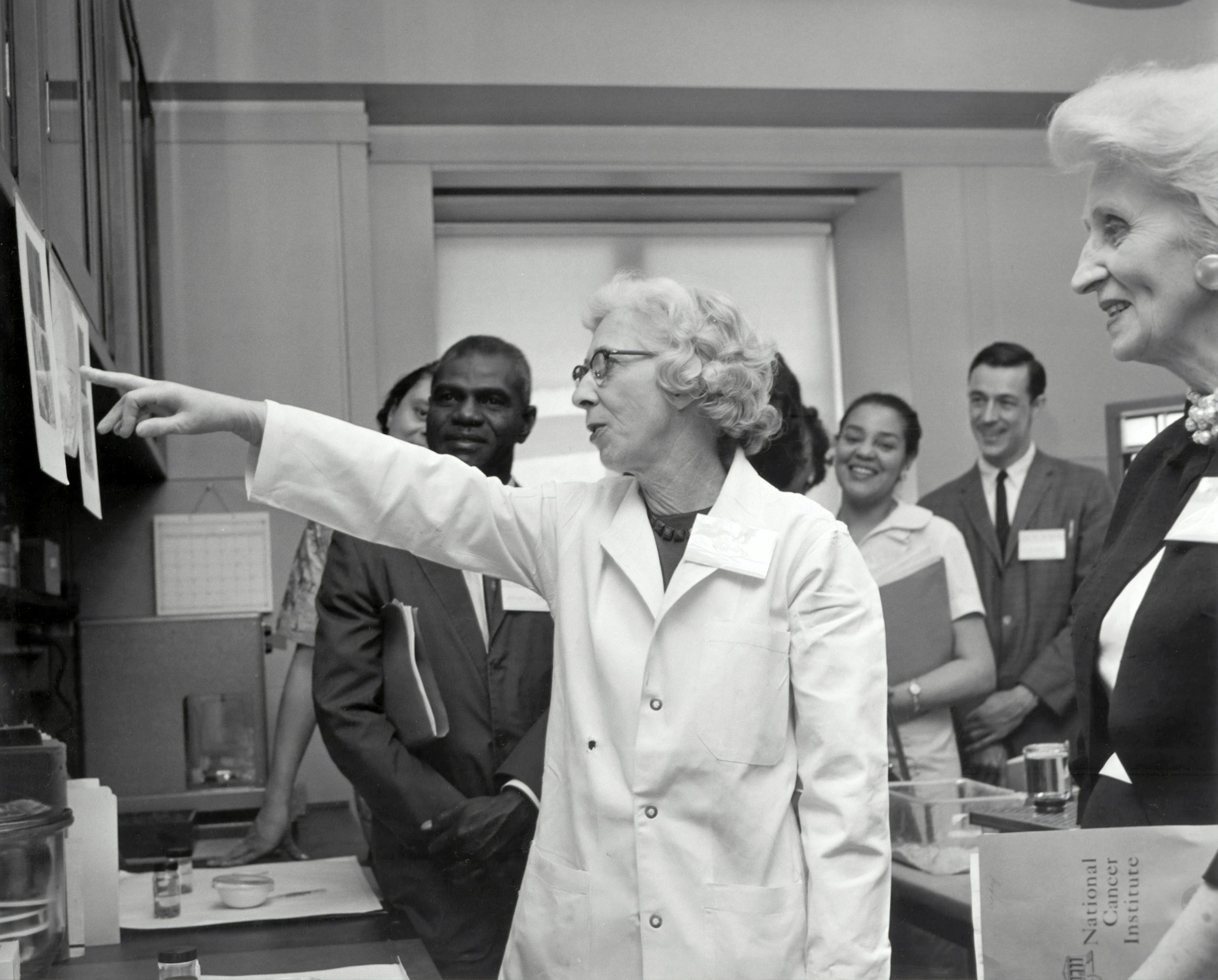From coal to sponges, food cravings during pregnancy do not necessarily conform to what we would normally consider ‘food’. But, what actually determines this? Photo credit: Fallon Michael via Unsplash
Food cravings were traditionally attributed to cultural and psychosocial conditioning, but recent studies have implicated a more diverse range of sources. Changing hormones, diet, and the specific composition of “good” bacteria in a person’s gut are also believed to influence the food we crave.
Cultural and psychosocial influences on food appeal
The evidence for cultural influences on food cravings is compelling. While chocolate is by far the most craved food in the US and UK, few people seem to have sweet cravings in Egypt, and rice has been found to be the most craved food by women in Japan. These findings suggest there is a strong influence of culture and culinary tradition on food-related preferences.
While chocolate is by far the most craved food in the US and UK, few people seem to have sweet cravings in Egypt, and rice has been found to be the most craved food by women in Japan.
Society can offer mixed messages when it comes to food choices. Chocolate, for example, is considered by many to be an appealing treat. However, social pressures to have a “healthy” lifestyle and low BMI can lead to sugary foods being labelled as “forbidden”. Navigating the confusing conflicts of foods feeling both alluring and prohibited can lead to guilt and shame, exacerbating eating disorders. In 2008, Cartwright and Strizke found that thinking of foods as tempting and/or ‘banned’ increased the likelihood of said foods becoming a source of craving.
Could hormones be responsible for our cravings?
There have been numerous attempts to find physiological explanations for observed trends in cravings. One such exploration has been into chocolate cravings among “Western” menstruators around their periods. Fluctuating hormones were assumed to be the natural culprit, but there is little empirical evidence for this. It was hypothesised that the fall in progesterone (the hormone required for maintaining the lining of the womb) just before the start of a period could play a causative role in this craving. But experimental research has complicated the picture. One study which involved administering progesterone to subjects in the days before their expected period (to counter the natural decline in the hormone) found no significant change in cravings.
By comparison, there is persuasive evidence for the role of hormones in pregnancy cravings. Substantial changes in hormone levels in the first trimester of pregnancy are thought to underlie why 26% of individuals report altered taste sensitivity during pregnancy and 64.5% report changes to their sense of smell. Changes in taste perception could in part explain why nearly 20% report cravings of foods in the first trimester that were disliked prior to pregnancy.
Are cravings a signal of the nutrients we need?
In short, no. The idea that food cravings are a clever way the body lets us know what we are nutritionally lacking has been consistently disproven. For example, during pregnancy foetal demands can double the bodily requirements for various nutrients, such as iron, folic acid, magnesium, and calcium. These are found in dark leafy greens, beans, lentils, and whole unrefined grains. Yet, the most commonly reported cravings during pregnancy are high-sugar, high-fat foods that are poor sources of micronutrients.
The idea that food cravings are a clever way the body lets us know what we are nutritionally lacking has been consistently disproven.
The ‘Nutritional Deficit’ hypothesis speculates cravings may have developed as an adaptive mechanism against bouts of illness or vomiting to encourage consumption of foods which are deemed ‘safe’ to ensure the body receives adequate nutrition. A study of 1000 women found a positive correlation between the occurrence of pregnancy sickness and the development of food cravings.
The evolving role for gut bacteria in food cravings
Our gut is home to trillions of bacteria, collectively termed the ‘gut microbiome’. The gut microbiome controls food and drug metabolism, maintains the structural integrity of the gut wall, and protects against disease-causing microorganisms.
The microbiome is a highly adaptable system and our diet can change the balance of microbes expressed in the digestive tract. Take leafy greens, for example. Bacteria which thrive on the particular amino acids contained in those leaves could grow faster than a neighbouring bacterial species, which prefers to feast on more sugar-dense foods, leading to a change in the proportions of these bacteria in the gut.
In recent years the relationship between gut bacteria expression and food-related behaviour via the microbiome-gut-brain axis has been explored. This axis connects the brain to the gut. It has been extensively studied in relation to a variety of psychiatric illnesses and obesity risk. Gut bacteria—and particularly the metabolites they produce—have now begun to be studied in the context of their influence on the hunger/satiety regions of the brain.
…particular populations of bacteria in the gut can influence food choices.
A 2017 study demonstrated how the microbiome influences nutritional decisions in flies. They fed flies a protein and sugar solution mix and gradually removed essential amino acids from the food one by one to determine which were detected by the microbiome. They found that the flies fed on a diet depleted of a number of essential amino acids developed a strong preference for protein after a few days when given a choice between a sugary or protein-rich meal. The only flies which did not exhibit this preference had specific bacteria expressed in their gut capable of producing the missing essential amino acids. This study provided the first evidence that particular populations of bacteria in the gut can influence food choices.
During pregnancy, the gut microbiome often undergoes dramatic remodelling to support the baby’s development. In light of evidence supporting the link between gut microbiome and food appeal, it is possible the extreme (and sometimes bizarre) cravings of pregnancy are related to significant changes in the profile of the gut microbiome experienced during this period. This could provide an explanation for commonly reported trimester-based changes in cravings.





